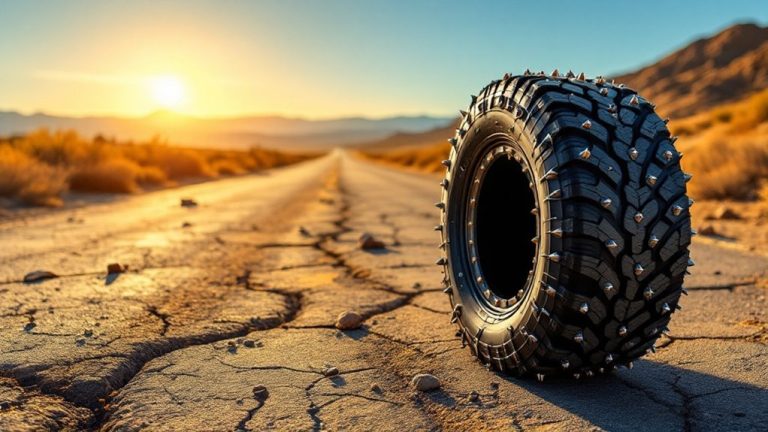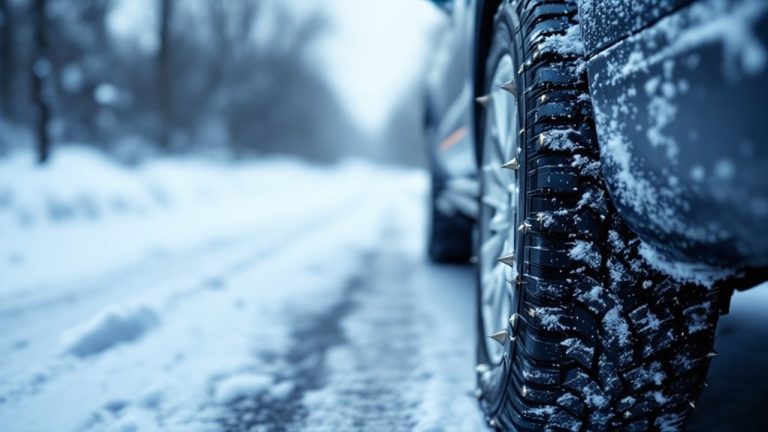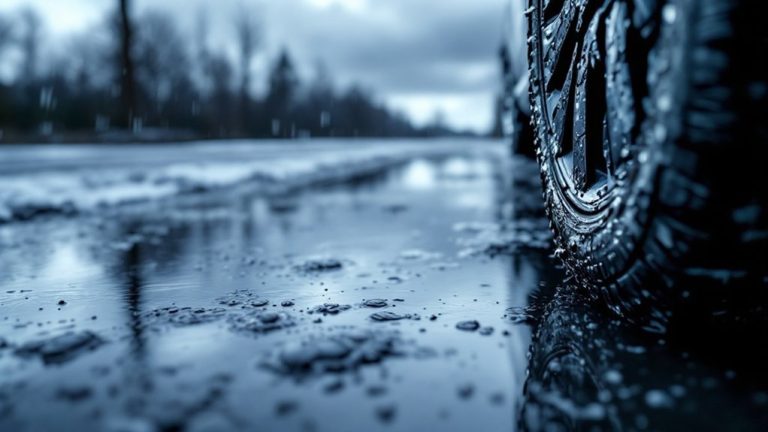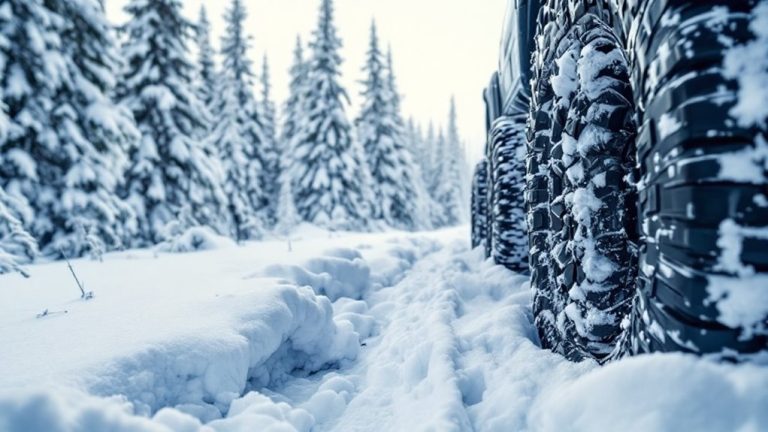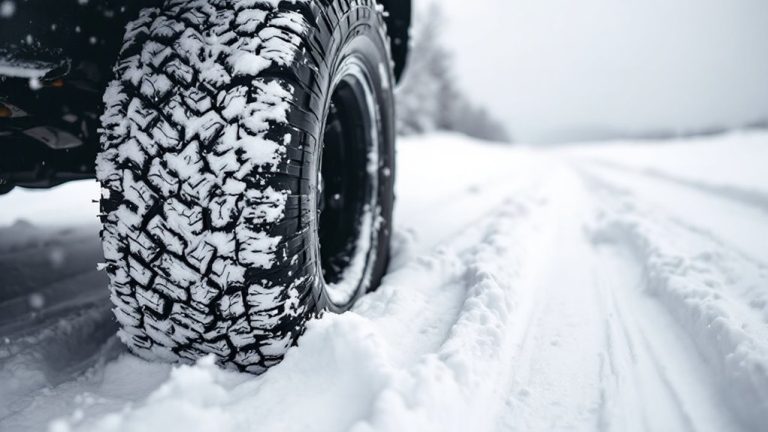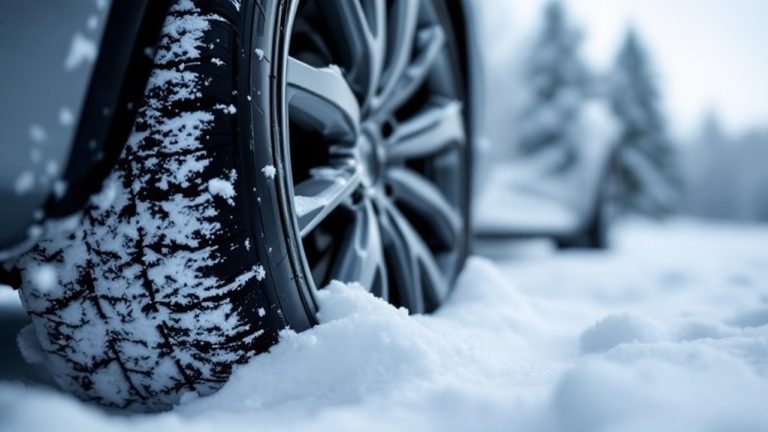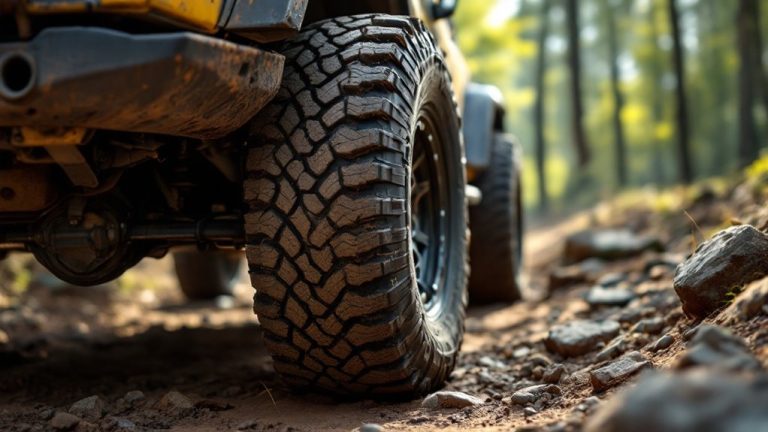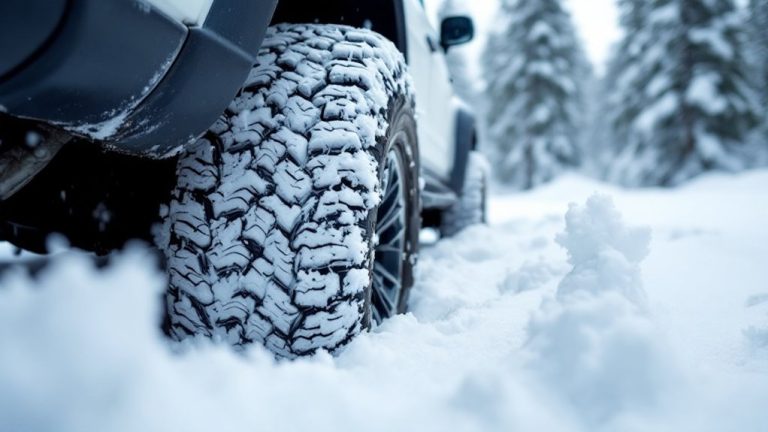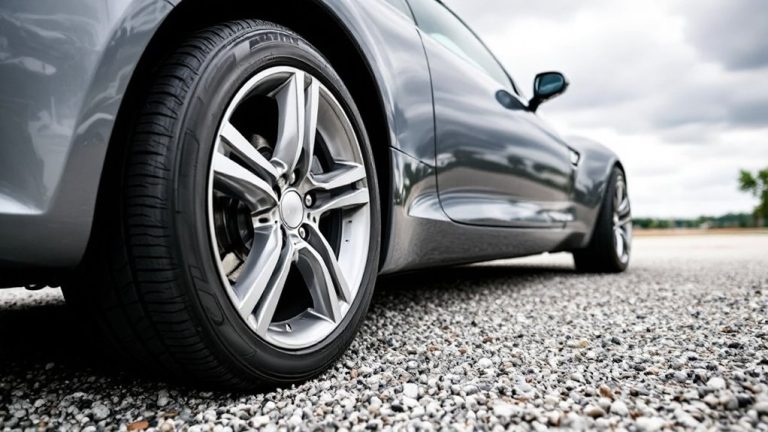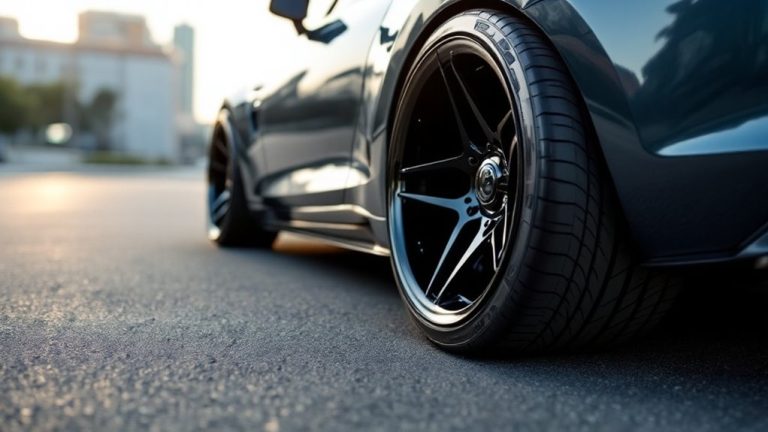Are Studded Tires Allowed In California
Studded tires are okay in California, but rules are strict. You can use them only from November 1 to April 30. They work best on icy roads during this time. The tires must have tungsten carbide studs. Studs should cover just 3% of the tread. California Highway Patrol checks tires often for safety. Fines happen if you break these rules. Stick to the guidelines to stay safe. Want more details? Keep reading for extra tips and facts.

